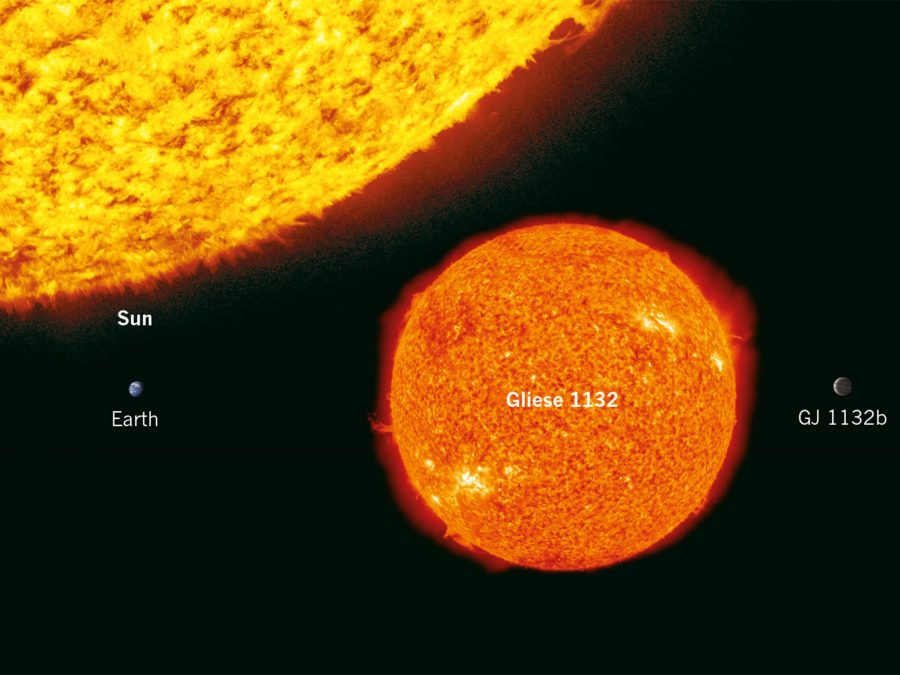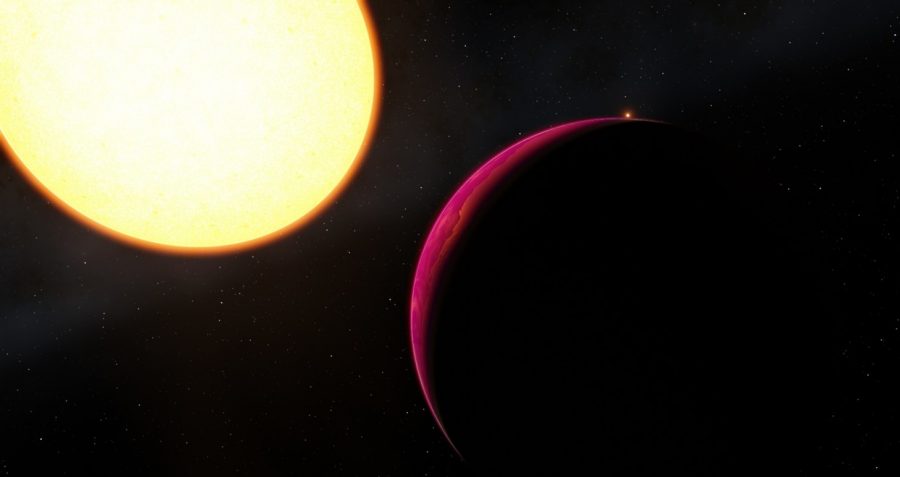Astronomers have discovered an exoplanet located just 39 light-years that have many characteristics similar to Earth and its conditions. The exoplanet GJ 1132b is in the constellation Vela, which in astronomy terms is not that far away from our planet.
The fact that it has similar mass, size and that it rotates around a big star made scientists look further into this intriguing planet. In addition to all those features present in the GJ 1132b, astronomers have recently discovered that the planet also has an atmosphere.
The discovery was published this Friday in the journal Astronomical and represents the first exoplanet that rotates a red dwarf star to possess an atmosphere, which could translate into millions of planets more to have this characteristic.

A super-Earth planet with a resemblance to Venus
Even when astronomers used the concept “Earth-like” planet, this term is just for theoretical reasons. This particular exoplanet is considerably close to its sun, which translates GJ 1132b into a “Venus-like” planet as well.
The investigators have estimated that this planet could reach 700 degrees Fahrenheit even without taken into consideration the variations produced by the atmosphere’s greenhouse effect.
Another characteristic explained by investigators is that the exoplanet is probably tidally locked, which means that one side of the world is continuously facing its star while the other hand is in permanent shadow. This means that the GJ 1132b is not able to sustain life, or at least not as we know it.
However, the fact that this planet has an atmosphere could be crucial to exploring other astronomic bodies and looking for signs of life beyond our world, explained lead author of the publication John Southworth, an astrophysicist at Keele University in the United Kingdom.
On this issue, Southworth and his team were able to create a new mechanism that is oriented to determining if a particular exoplanet has, in fact, an atmosphere or if what is detected by potent telescopes are just thin caps of gas.

The importance of the Southworth paper
Marek Kukula, an astronomer part of the Royal Observatory Greenwich, told BBC that this method created by Southworth is excellent at detecting new atmospheres within recently discovered planets and qualified the paper as “a nice proof of concept.”
“If the technology can detect an atmosphere today, then it bodes well for being able to detect and study the atmospheres of even more Earth-like planets in the not-too-distant future,” Kukula stated.
However, one of the important findings regarding this investigation is not even the fact that the Southworth mechanism works on detecting atmospheres, but the fact that exoplanets hosted by red dwarf stars can indeed possess an atmosphere.
According to recent investigations, environment detection becomes crucial at the moment of searching for life signs in outer space. This is because scientists are in the hunt of what they call “biosignatures,” which are pieces of evidence that can involve the presence of particular amounts of chemicals and that could later explain the presence of organisms on a planet.
Source: The Washington Post
